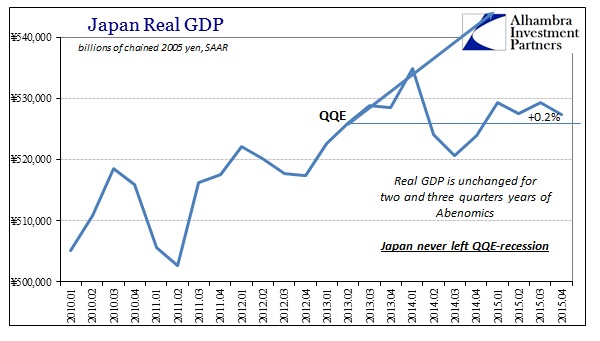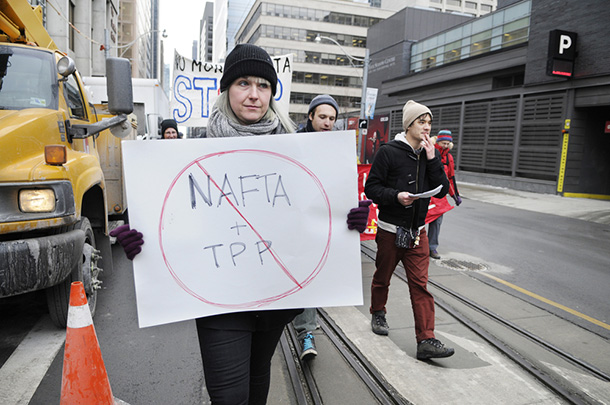BALTIMORE – We live in a world of sin and sorrow, infected by a fraudulent democracy, Facebook, and a corrupt money system. Wheezing, weak, and weary from the exertion of trying to appear “normal,” the economy staggers on.
 Staggering on…. Image credit: David Sidmond
Staggering on…. Image credit: David Sidmond
Last week, we gained some insight into the ailment. Something in the diagnosis has puzzled us for years: How is it possible for the most advanced economy in the history of the world to make such a mess of its most basic bodily functions – getting and spending?
By our calculations – backed by studies, hunches, and deep research – the typical American man (it is less true for women) earns less in real, disposable income per hour today than he did 30 years ago.
He goes to buy a car or a house, and he finds he must work longer to pay the bill than he would have in the last years of the Reagan administration. How is that possible? What kind of economic quackery do you need to stop capitalism from increasing the value of workers’ time?
What kind of policies and circumstances are required to stiffen its joints… clog up its innards… and rot its brain? Globalization? Financialization? Bad trade deals? Too much red tape? Too many cronies? Too many zombies?
 We can identify at least one source of the quackery…
We can identify at least one source of the quackery…
All of those things played a role. But our answer is simpler: poison money. The bigger the dose… the sicker it got. When you say you “have some money,” you usually believe that there is, somewhere, an electronic database in which it is recorded that you are the owner of some amount of currency.
You have $100,000 in your account, right? Does it mean that there is a little cubbyhole somewhere, with your name on it, in which you will find a stack of 1,000 Ben Franklins? Nope. Not even close. No cubbyhole. No stack of money. No nothing.
…click on the above link to read the rest of the article…



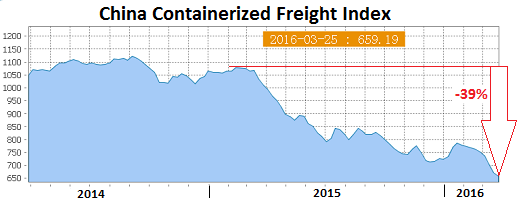
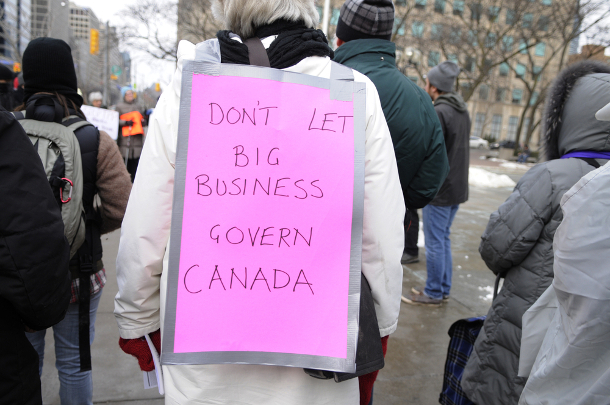
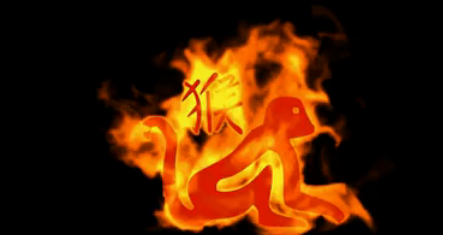
 The decline in sales of “yellow machines” has turned out to be a meaningful signal… Photo credit:
The decline in sales of “yellow machines” has turned out to be a meaningful signal… Photo credit:  The dollar value of global trade has slumped to the depths of the 2008/9 crisis low
The dollar value of global trade has slumped to the depths of the 2008/9 crisis low

